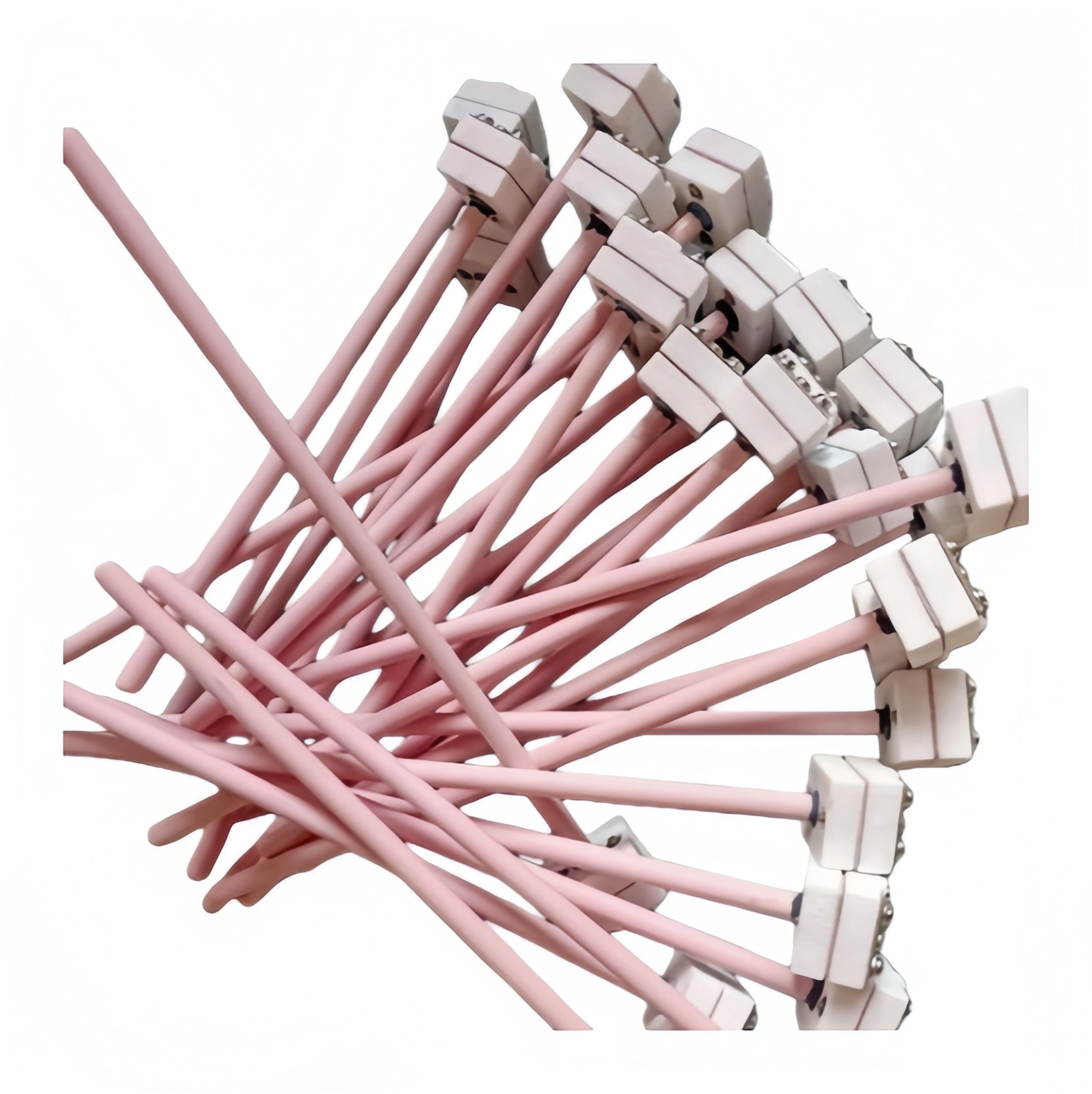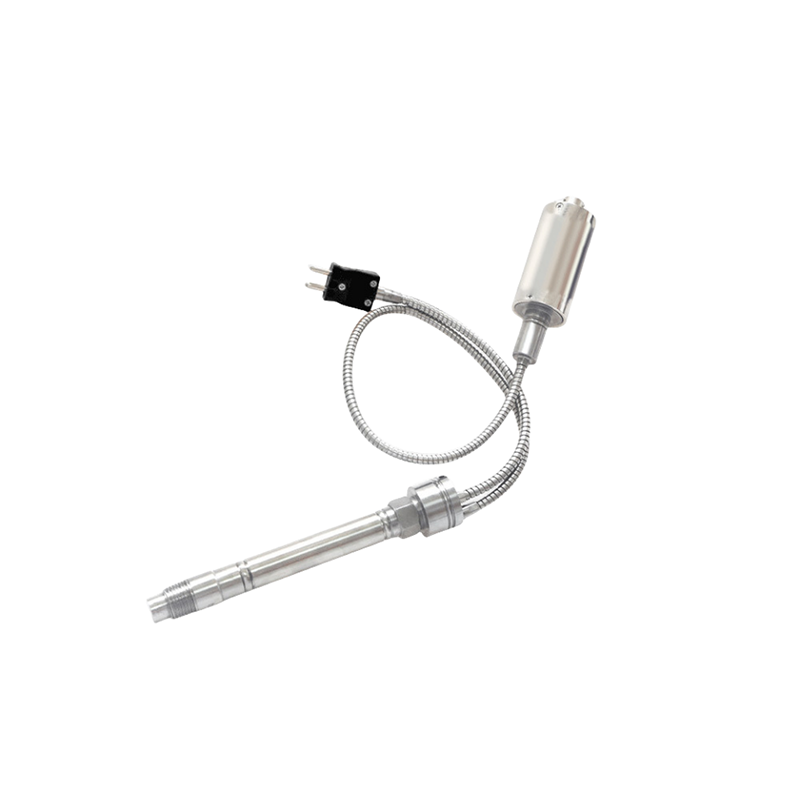What is the limit of the Type S Thermocouple?
Firstly, the manufacturing cost of Type S thermocouples is relatively high. Meanwhile, Type S thermocouples are not very accurate for temperatures below 800 degrees Celsius. Temperatures above 1300 degrees Celsius will damage the thermocouple.

What is the difference between thermocouples R and S?
R-type thermocouple is also made of platinum. Compared to Type S thermocouples, Type R thermocouple has a wider temperature measurement range, from -50°C to 1600°C.
So, the type R thermocouple has a higher sensitivity and accuracy. But the type R thermocouple is also more expensive.
Another difference is that the two types of thermocouples are used at different frequencies in different international standards. Type S thermocouples are used by the European Organization for Standardization (CEN) and the International Organization for Standardization (ISO). Type R thermocouples are used by the American Society for Standardization (ASTM).
Generally, both Type S and Type R thermocouples have their own features and applications. The choice of which thermocouple to use depends on the specific measurement environments.
If higher accuracy and range are required, and the budget allows, R Type thermocouples may be a better choice. For high-temperature measurement, a Type S thermocouple is sufficient.
What color is type S thermocouple wire?
| Polarity | Electrode materials | Chinese Standard (GB/T) and International Standard (IEC) Colors |
| Positive electrode (+) | Platinum-Rhodium 10 | RED |
| Negative electrode (-) | Platinum | Green |
Thermocouple Installation Precautions:
- Thermocouples should be installed in locations that facilitate construction and maintenance.
- Avoid installation near furnace doors, too close to heating elements, or in strong magnetic fields.
- The temperature at the junction box should not exceed 100℃.
- The measured temperature (℃) of the sensing element should be kept as vertical as possible.
- However, it must be installed at an angle when there is a flow rate. The junction box outlet should face downwards.





